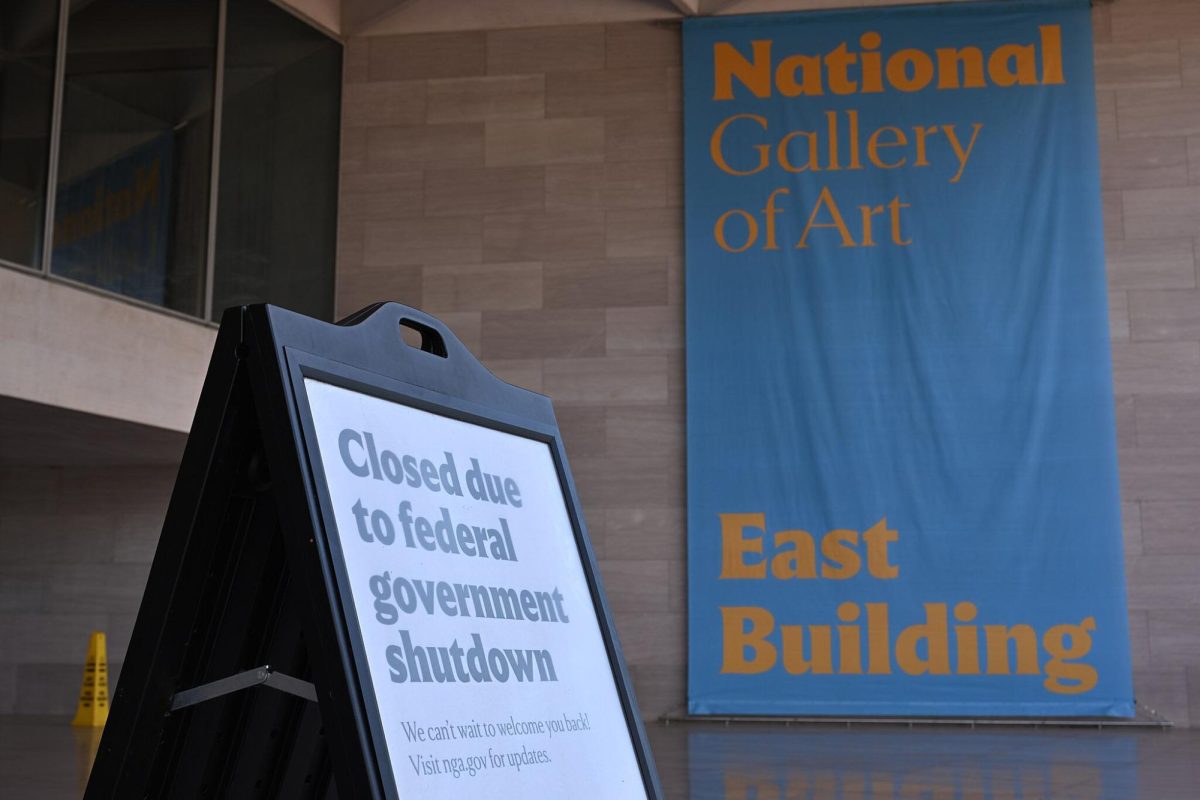Rock and Roll Hall of Fame inductees are always accomplished, generally famous and invariably disputed.
The reason? Rock ‘n’ roll doesn’t “really lend itself to a hard and fast definition,” said band director Adrian Pocaro.
This fact plays a major part in the annual debate over which bands the Rock Hall should induct. With the Oct. 4 announcement of the 2013 nominees, this year is no different. Almost since its establishment, the Rock Hall has inducted artists who do not strictly perform rock ‘n’ roll, from the Queen of Soul, Aretha Franklin, in 1987, to the hip-hop and rap group Run-D.M.C. in 2009. This year, hip-hip, electronica and disco groups are among the nominees.
Which begs the question: what is rock ‘n’ roll?
The American Heritage High School Dictionary provides a definition, but not much help: “A form of popular music arising from and incorporating a variety of musical styles, esp. rhythm and blues, country music, and gospel.”
That definition summarizes rock’s musical roots, but it says nothing about how the music makes people feel, or about its influence. Science teacher John O’Verko was a DJ for his college radio station. He called that definition “accurate, but vague,” and not very useful except as a starting point. He defined rock as energetic music in which guitars and bass are noticeable.
The University of Florida’s Interactive Media Lab traced the history of rock ‘n’ roll and its cultural influences. According the lab’s website, rock ‘n’ roll set trends in virtually every part of society in the 1950s, ‘60s and ‘70s, including dance, TV and clothing. Arguably, most importantly, it is a main cause of the gradual acceptance of African-American music, culture and people by adolescents of that era. This powerful effect is one example of rock’s extraordinary “ability to integrate different generations,” as stated by the website, with “the power to not only influence but sustain itself through generations of people.”
Perhaps Cleveland DJ Alan Freed saw this potential when he began playing so-called race music, also dubbed rhythm and blues, on his radio show in 1951. Freed coined the name “rock ‘n’ roll” and from that point on, Cleveland became a dot on the map of any rock ‘n’ roll musician, up-and-coming or established. When a hall of fame and museum to honor the genre was proposed in 1983, Cleveland was a clear contender for its permanent home. Building began in 1986, the same year as the first induction ceremony.
Music is unique, touches people deeply and is received differently by every person. So, it’s natural for people to interpret it uniquely. While O’Verko’s perspective on rock ‘n’ roll is based on the music’s instrumentation, other fans see rock more as a matter of image.
Junior Julie Hullet, who takes AP Music Composition, did not define rock ‘n’ roll instrumentally. “I think that it has kind of its own style,” she said.
Junior Alex Ramsay said, “It’s not really a genre to me, rather, an umbrella,” and that, “rock ‘n’ roll really is a mentality, a concept and philosophy . . . In my eyes, genres from jazz to hip-hip to blues to metal . . . are all under this umbrella. They are all a form of expression and rebellion and individuality.”
Math teacher and rock ‘n’ roll aficionado Robin Snyder expressed a similar opinion. She thinks of rock as an “attitude, hair down, let loose, throw caution to the wind—just expression.” To her, the music is “raw.”
Some people see rock ‘n’ roll from another angle: that of the rockers. Senior Brianna Williams thinks that true rock artists stand out, with attitudes edgy and brave enough to go their own paths musically.
So, which definition is the right take on rock?
Joe Peresman, CEO of the Rock and Roll Hall of Fame Foundation, told USA Today, “Nobody’s wrong . . . Whether it’s Madonna getting in or Run-DMC, people say, ‘Wait a second, that’s not rock ‘n’ roll.’
“Obviously, a lot of people think it is. Rock ‘n’ roll means so many things to so many people.”
With that in mind, the Rock Hall will announce 2013 inductees in December. Until then, keeping in mind the necessary requirements—a significant impact on rock ‘n’ roll and 25 years between the artist’s first record and his or her nomination—The Shakerite conducted an informal survey to see which contemporary artists students think deserve to be honored by one of Cleveland’s most renowned landmarks.
Here are the results;
Beyonce—5
Lady Gaga—3
Christina Aguilera—3
Green Day—10
Nickelback—3
Shinedown—1
P!nk—4
Foo Fighters—6
Paramore—3
My Chemical Romance—1
Taylor Swift—4
Jay-Z—3
P-Diddy—0
Kanye West—5
A version of this article appeared in print on 31 October 2012, on page 9 of the Shakerite






